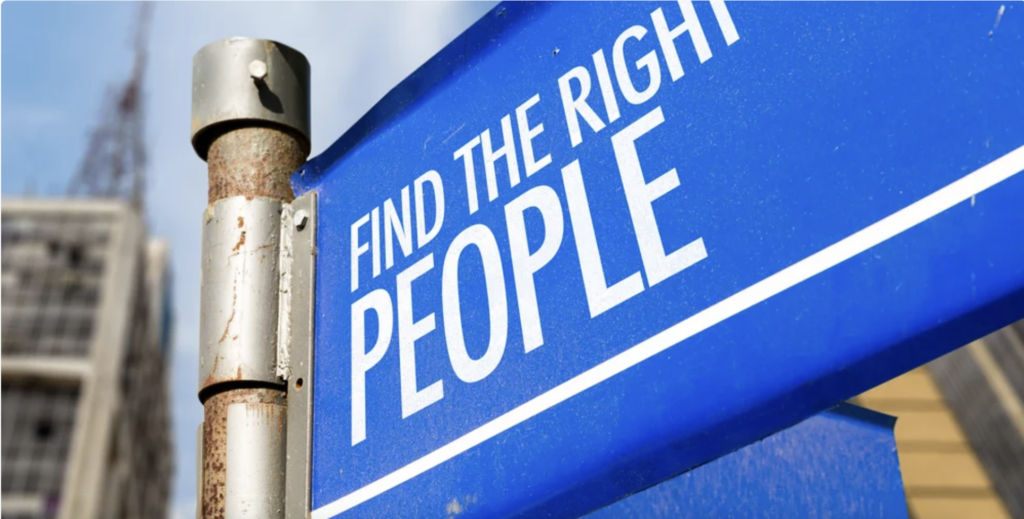This week in HR, we again look at Retention, as a common problem across industries for employers and its causes. The Great Resignation continues to march on through American businesses and will most likely strike your business. However, the hope is that you can use this to recruit new talent while focusing on retaining your top workers simultaneously.
In a meeting with a client this week, we were discussing their high turnover. It occurred to me that is the 3rd conversation within 2 business days that I’ve had with employers that are frustrated with inordinate turnover. They had a eureka moment suddenly as we were discussing the various tactics that bring to bear on retention, “We probably wouldn’t have such high turnover, if we recruited better people.” They don’t know how right they are. They don’t even have Job Descriptions, which is the fundamental building block for so much, especially recruitment and talent management. There’s always homework before embarking on achieving a goal in HR, and it often sounds and smells like workforce planning and job planning.
While recruiters are market spies and they may liaise between applicants and hiring managers, and, while they advise on everything from compensation to onboarding and new employee orientation, their work is too distanced from the day-to-day talent management work to directly improve the employee experience. Their intel, though, is relevant throughout the entirety of the employee lifecycle. It is so important to get recruiters in on strategy meetings…They’re literally supplying your next game-changer, they need to know what the company’s objectives and needs are and they need to tell your managers what they can do better to help them sell the company to prospective employees. And companies should take heed of the recruiter’s market knowledge and data – that will bring to bear on the organization’s ability to achieve its strategic objectives more than almost any other data.
Increasing retention, while it is a laudable goal, is hardly an action item. Recruiting, however, carries an entire slew of action items, tactics, and strategies that, if you can improve them, your retention metrics are almost guaranteed to improve, too. Getting the right people into the right jobs impacts your retention in a way that a specialized training program or management style never can.
Here are five ideas that will work:
1. Hire for potential, not experience“You must have a college degree and five years of experience in X.” These types of requirements are standard in job postings, but researchers found that for many jobs, employees will still need to learn 10 additional skills within the next 18 months.
In other words, even if your new hire meets all the job requirements today, that means 10 new skills needed as they settle into their new role.
If you are insistent that every candidate has every skill, you may end up with a very short list of candidates – and hiring someone whose skills may be obsolete in a month anyway. You should look for people who have a solid – and versatile – foundation and the ability and desire to learn new things.
Keep this in mind for a recruitment and retention strategy as well. Often, companies don’t want to promote from within because they want someone in the position that can ‘hit the ground running’.
This strategy denies reality because the position will change anyway. Retain your best employees by promoting them into stretch roles.
2. Study your results – and act on themWhile this may not seem like a recruiting or retention technique, it will lead you to correct your processes. Few companies do detailed tracking on recruiting and retention.
Think of Recruiting like you think of marketing – don’t just embark without a plan, without metrics, and without doing the math on efficacy.
You won’t improve your retention or recruiting if you don’t know what works and what fails. You need to keep data on these things.
3. Benchmarking your competitors’ compensation programsThe Fight for $15 campaign has been very successful, and many people refuse to work for less, even though the federal minimum wage remains at less than half of that. You may think that your salaries are at the proper market rate because they were last year, and you could hire just fine. But it’s 2022, there’s a labor shortage all around, and your candidates can walk across the street and get a job at a fast-food restaurant for $12 or more per hour.
Remember, your hiring and retention competitors are not only the people who make and sell similar products and services. They are also anyone who hires people similar to your employees. Every business needs an accountant and a customer service person. Don’t fool yourself into thinking you don’t need to pay attention.
In addition to salary, people are looking for flexibility. Whether it’s working from home, a hybrid situation, or shifts that fit their lives, other businesses offer those. If you want to keep your employees and hire new ones, you need to keep up.
4. Start asking your employees questionsDo you know what makes your current employees happy or satisfied? Do you know what makes them miserable?
While companies invest in training and development, they often do so without consulting the employees. Companies often give benefits that no one wants…Know your people’s needs/wants before rushing off to provide or program.
Some questions we recommend when conducting employee surveys are:
- What parts of your job are most interesting and rewarding?
- What areas are you finding most challenging right now?
- What are you doing to reach short- and long-term career goals?
- Are there any other projects, committees, or additional responsibilities you would like to be a part of?
- Is there anything else you’re curious about that you haven’t been able to explore yet?
Knowing the answers to these questions helps you to tailor your training and development opportunities to not only what will benefit the company but what will benefit your employees. You won’t retain people who don’t see growth potential, so make sure you know what they want and figure out how to help them get it.
If you aren’t thinking about recruiting and retention strategies now, you need to be. Otherwise, the great resignation will hit your business, and other companies will snatch up your best people. Don’t let that happen to you.



